SUMMARY
This is AI generated summarization, which may have errors. For context, always refer to the full article.
![[ANALYSIS] SONA 2023: How to judge PBBM by his own standards](https://www.rappler.com/tachyon/2023/07/judge-marcos-own-standards-july-19-2023.jpg)
We are republishing this from marengwinniemonsod.ph with permission from the author.
In his State of the Nation Address (SONA), the President will, for sure, boast that the Philippines is the fastest grower in ASEAN/ASEAN-5. That’s how he will reassure us that all is well under his watch. But once he uses this card, which is BTW, as accurate as it was a couple of years before the pandemic, he is leaving himself wide open to other comparisons involving the ASEAN-5.
As you already know, Reader (read my Inconvenient Truths series), compared to the rest of the ASEAN-5 (Indonesia, Malaysia, Philippines, Thailand and Vietnam), the Philippines ranks lowest when low is bad, and the highest when high is bad.
So, if the President wants the Philippines to be compared to the ASEAN-5 by using growth rates in his SONA, he has to be prepared to bring out these unsavory comparisons.
Moreover, I’ve come across two other unsavory comparisons: the Global Innovations Index (GII) and the World Economic Forum’s (WEF) Global Competitiveness Index (GCI), which is featured prominently in President Bongbong Marcos’ (PBBM) Philippine Development Plan (PDP) 2023-2028. In the GII, the Philippines ranks 4th among the ASEAN-5 (Indonesia is lowest); while in the GCI, we also rank 4th, but Vietnam, which comes last, is only a hair-breadth away from us, with our ranking sliding down, and Vietnam’s moving up. Aside from the WEF’s GCI, whose last report was in 2019, there is the Swiss-based Institute for Management Development (IMD)’s World Competitiveness Yearbook 2023, which again is used in the PDP. In that Yearbook, the Philippines is ranked at the bottom of the ASEAN-5 countries which are listed (Vietnam is not included), and is the only country among the four which has a downward trend.
There is no escaping it, Reader. We may no longer be the sick man of Asia, as in the dictator Marcos’ time, but we are definitely the sick man among our ASEAN-5 counterparts, thanks in large part to the previous president’s mangling of the Philippine economy and polity. No amount of glowing reports from PBBM can cover that up.
Question: If judging PBBM’s performance based on the country’s economic growth performance versus other countries like Thailand, Indonesia, Vietnam and Malaysia, might open up a can of worms, how should he be judged?
Answer: By what PBBM himself set out to do in his own 8-point socioeconomic agenda, as fleshed out in the 450-page Philippine Development Plan (PDP) 2023-2028. I’m not talking about all the indicators (there are over 450 of them), but only the “headline” targets set out in the first chapter. There are 11 of them, presented in the table below with the baseline values and the targets for 2023 and 2028, and current status.
Headline Targets: Philippine Development Plan (PDP) 2023-2028






Summarizing: Of the 11 headline indicators, 4 will be met (GDP growth rate, unemployment rate, government deficit/GDP and NG debt/GDP) and 4 will not be met (GNI per capita, quality of employment, headline inflation and food inflation), 2 are too close to call (poverty, competitiveness) and 1 cannot be assessed (because the data are not yet available and there are no alternative data that we can use).
Whether the President deserves a passing or failing grade for his first year in office or for 2023 to date depends on the weight YOU, Reader, assign to each of the indicators.
If they all have the same weight, then the verdict should be that his performance is mediocre. If you give more weight to growing the economy, to handling the deficit and the debt and the creation of jobs, then he has passed with flying colors. However, if you give more weight to the quality of jobs created, per capita incomes, food and headline inflation (which hurts the pocketbook), then the President fails miserably. You decide.
Actually, the Philippine Statistics Authority’s (PSA) STATDEV (Statistical Indicators on Philippine Development) monitors all the targets of the PDP and publishes the results every July, just before the President’s SONA (presumably to help him with his report to the nation). It is designed to be an early-warning device, indicating the likelihood of achieving each of the targets (more than 400) and the headline indicators presumably so the proper action can be taken.
But as of this writing, the STATDEV has not yet come out, so yours truly had to do the monitoring of the headline indicators.
Notice Reader, that where the President has fallen short of his headline targets are with respect to GNI per capita, with inflation (both headline and food) and with the quality of jobs (proxied by workers in private establishments/total employed), as shown by the latest government data. These are literally and figuratively gut issues. And note also that the latest Pulse Asia Survey conducted less than three weeks ago, shows that these are the most urgent concerns of the Filipino people. So, the evidence and the people’s opinion coincide.
Inflation = fiascos + Maharlika Investment Fund = ??
Let us now focus on inflation, which is the only major concern for which the people show a net disapproval (more people disapprove than approve) of the administration’s handling of it (our people are either truly merciful or truly fearful). And then let us focus on the two sugar fiascos, the onion fiasco, and the West Philippine Sea almost-fiasco that have happened in the first year of PBBM’s presidency.
All of these are presidential boo-boos. Notice how they are intertwined? The delay in importation, the scandals regarding the importation (big-time corruption involved) in the sugar and onion fiascos made the prices of these products shoot up and stay up and are major factors contributing to inflation. The inability to fish in the West Philippine Sea because we are tiptoeing around China may also be a major factor in the rising prices of fish the country is experiencing.
And we still have not included, because they have not yet occurred, the impact of what may be the President’s worst boo-boo yet: The Maharlika Investment Fund. Something to look forward to – with dread. – Rappler.com
Solita “Winnie” Monsod was the first National Economic and Development Authority secretary appointed after the fall of the Marcos dictatorship in 1986. She is a professor emerita at the UP School of Economics where she taught starting 1983. She finished her degree in economics in UP and obtained her masters in economics at the University of Pennsylvania. She is a board director of Rappler Inc.
Add a comment
How does this make you feel?
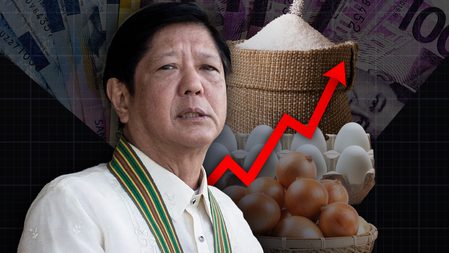


![[ANALYSIS] How one company boosts farmer productivity inside the farm gate](https://www.rappler.com/tachyon/2024/06/bioprime-farmgate-farmer-productivity-boost.jpg?resize=257%2C257&crop=465px%2C0px%2C1080px%2C1080px)

![[In This Economy] Is the Philippines quietly getting richer?](https://www.rappler.com/tachyon/2024/04/20240426-Philippines-quietly-getting-richer.jpg?resize=257%2C257&crop=194px%2C0px%2C720px%2C720px)
![[In This Economy] Can the PH become an upper-middle income country within this lifetime?](https://www.rappler.com/tachyon/2024/04/tl-ph-upper-income-country-04052024.jpg?resize=257%2C257&crop=295px%2C0px%2C720px%2C720px)


![[In This Economy] Runaway rice prices are making inflation higher than it needs to be](https://www.rappler.com/tachyon/2024/02/tl-rice-prices.jpg?resize=257%2C257&crop=560px%2C0px%2C720px%2C720px)
![[ANALYSIS] A soft and range-bound stock market that has not lost its luster](https://www.rappler.com/tachyon/2024/02/TL-market-soft-range-bound-February-9-2024.jpg?resize=257%2C257&crop_strategy=attention)
![[In This Economy] Looks like PH economy will never get back on track. Here’s the data.](https://www.rappler.com/tachyon/2024/02/20240202-PH-economy-back-on-track.jpg?resize=257%2C257&crop=289px%2C0px%2C720px%2C720px)

![[Vantage Point] BBM Year 2: Hits and misses](https://www.rappler.com/tachyon/2024/06/thought-leaders-marcos-hits-and-misses.jpg?resize=257%2C257&crop=277px%2C0px%2C720px%2C720px)

![[In This Economy] Part 2 | POGOnomics: Are we banning POGOs out of fear, outrage, not rational thought?](https://www.rappler.com/tachyon/2024/06/thought-leaders-pogonomics-part-2b.jpg?resize=257%2C257&crop=292px%2C0px%2C720px%2C720px)
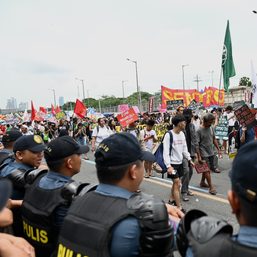
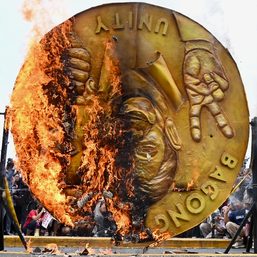
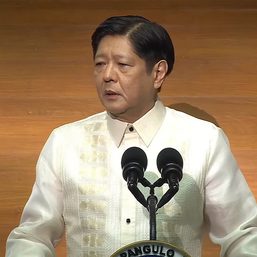
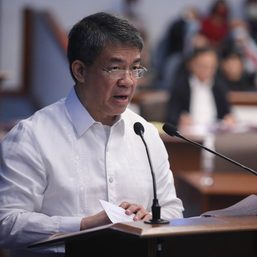
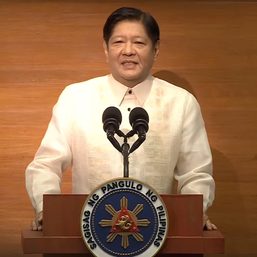
There are no comments yet. Add your comment to start the conversation.